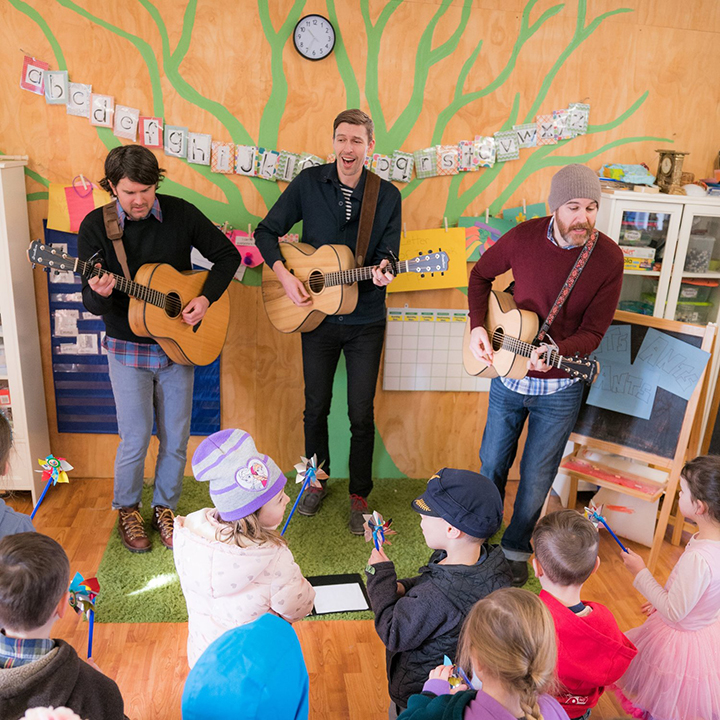Prospect Rural Fire hopes to ‘fill the potholes’ with possible spring ballot measure
Published 3:15 pm Friday, January 31, 2025

- The Prospect Rural Fire Protection District is operated with a $120,000 annual budget, derived from a 99-cent (per $1,000 of assessed value) levy, implemented when the district was established in 1953.
Coordinators of a special levy committee for the Prospect Rural Fire Protection District could soon ask community members for the district’s first funding boost in more than 70 years.
District officials say it’s time to “fill the potholes” after managing an all-volunteer department with an aging vehicle fleet and limited resources on a 99-cent district operating levy approved in the early 1950s.
A local option levy proposal could make its way onto the May special election ballot to help stabilize the district, make needed improvements and help cover increasing costs for everything from training and insurance to equipment repair and maintenance.
With an annual budget of $120,000 from tax revenues, Fire Chief Lyle Neville said the district gets by on the good intentions and generosity of its 16 volunteers. Inflation, he noted, has far outpaced tax assessment revenues.
“A good example of what we’re faced with is that, in last year’s budget, we had to budget zero dollars for PPE (personal protective equipment). That is unacceptable,” Neville said.
“But the reason we budgeted zero was just on the hope and prayer we could find a grant for it. We ended up being able to buy turnout gear with grant dollars. Our budget money is limited and had to go other places,” he said.
Coordinators of a citizen levy committee will hold a community forum and dessert social from 2 to 4 p.m. Saturday at the Prospect Community Center, 305 Red Blanket Road. There, they’ll go over shortfalls facing the rural district and discuss what would be funded if a special levy was approved.
Participants at the forum will discuss what improvements would come with a proposed $1.49 (per $1,000 assessed property value) or a $1.89 levy.
Under the $1.49 levy scenario, added resources would help to provide for trained/certified volunteers for faster response; replace PPE on schedule; cover salary to recruit/retain a qualified half-time fire chief; capital funding of $40,000 per year to upgrade equipment or facilities (e.g. hydrant or water storage); and Mercy Flights coverage for all residents.
Under the $1.89 scenario, levy funds would cover an increased salary to allow for a three-quarter-time fire chief; add $50,000 in capital funding for facilities and equipment; and allow scheduled, on-call shifts to improve response times and avoid volunteer burnout.
The proposed local option levy would be in addition to the 99-cent base rate.
A home with an assessed value of $170,000 would pay an additional $22 per month, or $264 additional per year, if the $1.49 levy were approved. By comparison, the same homeowner would pay an additional $27 per month, or $324 additional per year, under the $1.89 levy.
A mobile home in a park with an assessed value of $25,000 would see an increase of $3.10 per month, or $37 per year under the $1.49 levy or a $3.94 monthly increase, or $47 per year, under the $1.89 levy.
Neville, whose position is funded for just one day per week in the district budget, works for nearby Jackson County Fire District 4 in Shady Cove, administering a fuel-reduction program for District 4 and for his own, funded via grant dollars.
Working nearby, he noted, allows him to be close to district headquarters for emergencies.
“For a while, I worked in the valley, but I was missing 911 calls so I started getting by on building fences, just piecing things together so I could stay close,” he said this week.
“As it is now, we all have jobs outside of doing this. No one is at the station, ever. Sometimes eight of us are available, sometimes one of us is. … When the tone goes, we leave work if we can.
“With added funds from anywhere, we could continue to build our volunteer base and have a volunteer EMT and firefighter on shift 24/7,” Neville said.
While response times for outside agencies are lengthy for the remote community, Neville said another need to be filled would include a dedicated EMT. Response times for ambulance transport services, he noted, are between 45 minutes and an hour-and-a-half. The district’s original tax rate was merely for fire protection and did not allow for emergency medical responders.
“We literally spend fire engine tire money to buy medical supplies, equipment and for training. One goal of the meeting (Saturday) is to find out what services are most important to our tax base,” he said.
“Our goal is to provide the services our residents want in a professional and sustainable manner.”
Following Saturday’s forum, a levy proposal will be made Feb. 17 to the Prospect fire district board of directors.
For more info on district meetings or events, visit www.prospectrfpd.org.






